

10 hard trivia questions

How many of them will you fail?

How many of these fantastic songs do you reme..
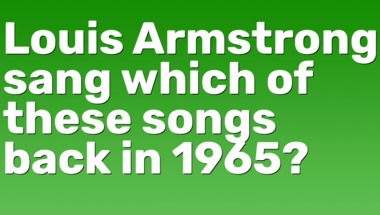
10 Impossible Questions
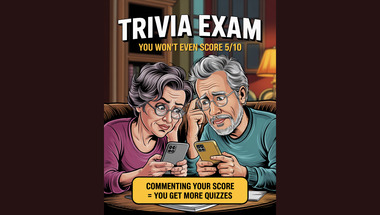
10 fun questions

10 mixed songs to guess

How many correct answers will you get?

How much do you remember?
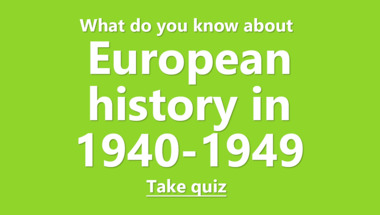
Click here to take this quiz
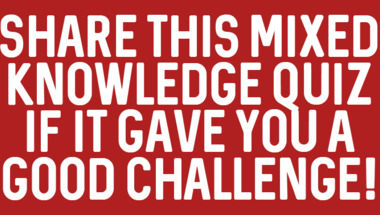
10 mixed questions to have fun with

Experts wanted
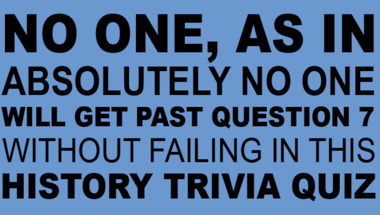
Can you answer 6 of these 10 questions correc..

Let us know your score in the comments

10 random questions

10 mixed questions
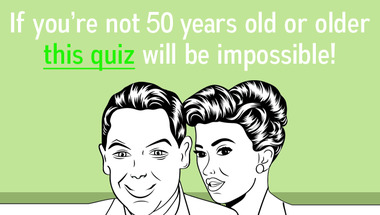
10 fun and challenging questions

10 questions to test your knowledge
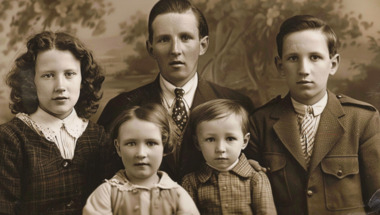
10 questions to answer
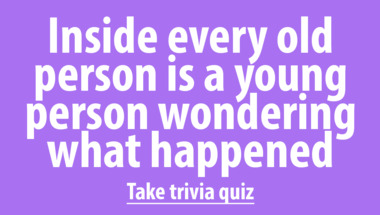
10 historical trivia questions

Will this quiz own your butt?

Do you have the knowledge for this one?

10 trivia questions for everyone

10 questions lined up

* 10 mixed general questions *

10 mixed questions

How many correct will you get?

Can you help us find the missing words?

10 questions to test your knowledge

Tuesday 31st July 2018

10 questions lined up
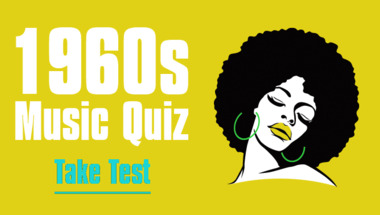
Scoring a clean 10 will never happen

How many of them will you answer correctly?

Mixed Knowledge quiz

10 questions lined up

10 mixed questions
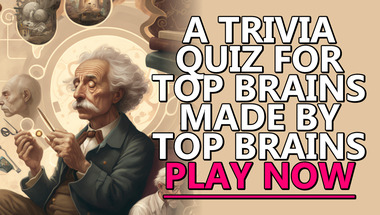
10 mixed up history questions

Can you tell us all the words?

10 quite hard questions

10 mixed questions

Let's see how smart you really are!

How many songs can you guess?

How smart are you really?

10 Trivia Questions

Tell us your result in the comments
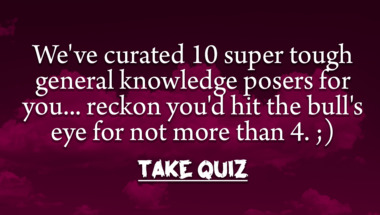
10 questions to answer

Young people today can't!
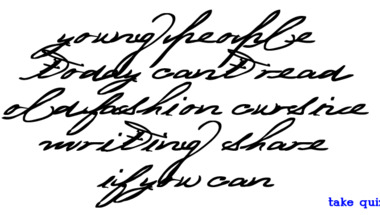
10 quite hard questions

Let me know your score in the comments

What do you remember?
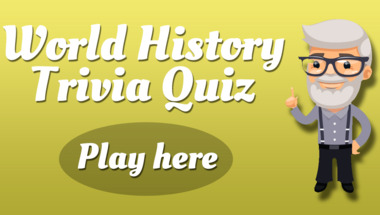
Most people wont even get 7 out of 10 correct

10 questions in misc categories

10 Questions

Let's see how smart you really are!

How much of it do you remember?

An engaging and captivating quiz filled with ..

Fun quiz. Play now

10 mixed trivia questions

Lets hear your result in the comments
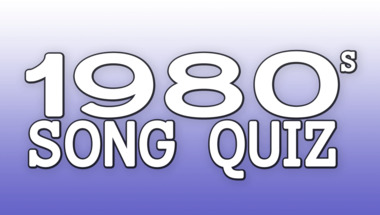
10 questions to test your knowledge

10 mixed trivia questions

Are you smart enough?

Try out this fun quick quiz

10 questions about mixed knowledge
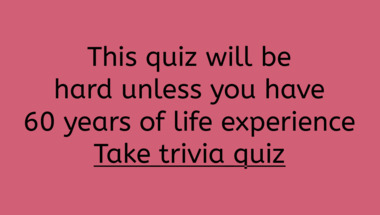
How many of them will you answer correctly?
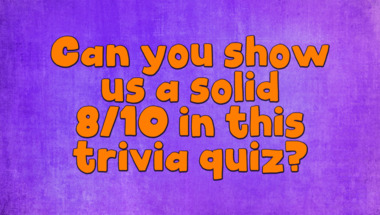
How many correct will you get?

10 mixed questions

Are you game?

..going to fail 75% of these questions

10 questions shuffled into fun categories

10 Quite Difficult Questions
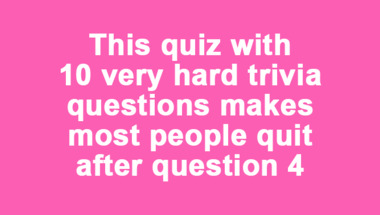
10 questions

Test your knowledge with these 10 questions

Can you answer 7/10 of these questions?

10 mixed questions

Did you live in this awesome decade?

10 questions in mixed themes

10 mixed trivia questions

10 questions

Can you help us find the missing words?
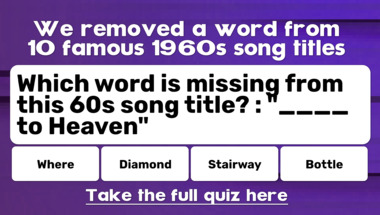
Let's test your trivia skills!

10 mixed questions

How many correct answers will you get?

10 Impossible Questions

10 questions

How high can you score?

How many of them will you answer correctly?

10 Mixed Questions

And 10 more questions

10 hard questions

10 mixed questions

10 good questions

Kindly share your score in the science quiz o..

10 mixed questions
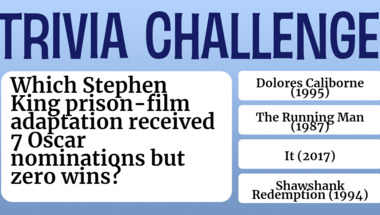
Do you know all these movie quotes?

Can you help us find the missing words?
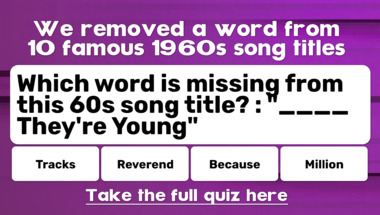
Let's test your trivia skills!

10 questions

8/10 will only happen if youre a genius!

10 questions

Are you up for a quiz?

10 mixed questions

10 questions

Are you up for a quiz?

How many correct answers will you get?

10 mixed questions

10 fun questions

Most Europeans will fail miserable!

10 questions. 10 songs. How many will you rem..

10 fun questions

Let's see how smart you really are!
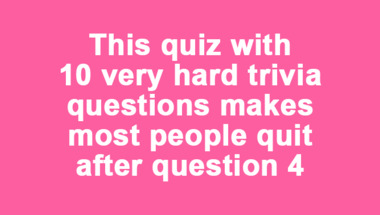
10 questions to conquer

How many correct will you get?

10 mixed questions
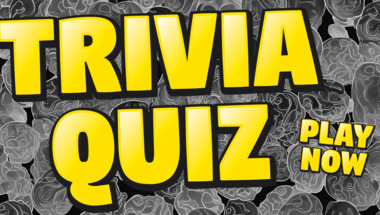
Can you score 7 or higher?

Are you up for a quiz?

10

10 mixed questions
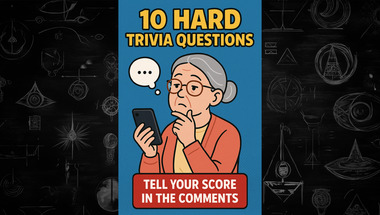
10 mixed questions

How many songs can you guess?

Let's see how smart you really are!

Trivia questions can be fascinating windows into the past, offering us glimpses of history, pop culture, and scientific achievement. Let's dive deep into 10 intriguing trivia questions, exploring not just the answers, but also the stories and significance that surround them. From scandalous magazine ads to space discoveries, each question is a doorway to a unique chapter of the 1970s. Enjoy the journey!
1. Which word, appearing in a 1972 Cosmopolitan ad, was covered with black tape because of protests?
The word in question is “orgasm.” In 1972, “Cosmopolitan” magazine ran an advertisement for Revlon's Charlie perfume, featuring the phrase She’s got the look that says she’s got an orgasm. The ad sparked immediate controversy. The word “orgasm” was so provocative for the time that many copies of the magazine had the word covered with black tape or ink before being put on sale. This incident is a prime example of the cultural shift happening in the early 1970s, as the women’s liberation movement was gaining momentum and taboos about sexuality were being challenged. The scandal also marks a turning point in advertising history, where bold, controversial language began to break into mainstream media. Cosmopolitan, under the leadership of editor Helen Gurley Brown, became known for pushing the boundaries, and this ad is one of the most famous examples.
2. Who won the 1970 FIFA World Cup?
The 1970 FIFA World Cup was won by Brazil. This tournament, held in Mexico, is often lauded as one of the most exciting and skillful in the event’s history. The Brazilian team, led by the legendary Pelé, dazzled the world with their creative, attacking style of play. Brazil defeated Italy 4-1 in the final, making them the first team to win the World Cup three times (1958, 1962, and 1970), and earning the right to keep the Jules Rimet Trophy permanently. Pelé, playing in his last World Cup, cemented his status as one of the greatest footballers of all time by scoring in the final and inspiring his teammates. The 1970 tournament is also remembered for the introduction of yellow and red cards, and for being the first World Cup broadcast live in color to a global audience. Brazil’s victory had a profound impact on the nation’s sports culture and remains a source of immense pride.
3. According to the single released by Thin Lizzy in 1976, who is back in town?
The answer is “The Boys”. “The Boys Are Back in Town” is one of Thin Lizzy’s most iconic songs, released in 1976 on their album Jailbreak. Written by lead vocalist and bassist Phil Lynott, the song tells the story of a raucous group of friends returning to their hometown, stirring up memories, excitement, and maybe a bit of trouble. The track became a massive hit, charting internationally and becoming a staple of classic rock radio. Its catchy riffs, storytelling lyrics, and energetic delivery captured the spirit of the mid-1970s rock scene. Over the years, “The Boys Are Back in Town” has been used in countless movies, commercials, and sporting events, symbolizing reunion, excitement, and nostalgia. The song also helped to cement Thin Lizzy’s place in rock history.
4. McDonald's introduced which foods in 1972?
In 1972, McDonald's introduced two enduring menu items: the Egg McMuffin and the McRib. However, it's important to clarify that the Egg McMuffin was officially rolled out nationwide in 1972 after being invented by franchise owner Herb Peterson in 1971. The McRib, on the other hand, was tested in the 1970s but not officially introduced nationwide until 1981. The Egg McMuffin, considered the first fast-food breakfast sandwich, revolutionized breakfast on the go and paved the way for the McDonald's breakfast menu. It consists of a poached egg, Canadian bacon, and American cheese on a toasted English muffin. Its introduction changed the morning routines of millions, making breakfast at McDonald's a staple for commuters and families alike. The innovation of offering breakfast helped McDonald's grow even more dominant in the fast-food industry, and the Egg McMuffin remains a fan favorite to this day.
5. Which of these was a 1979 hit for Sister Sledge?
The answer is “We Are Family.” Released in 1979, this song became an anthem for unity, empowerment, and celebration. Written and produced by Nile Rodgers and Bernard Edwards of Chic, “We Are Family” quickly climbed the charts and remains one of the most recognizable disco classics. Its catchy chorus and uplifting message struck a chord with listeners during a time of economic uncertainty and social change in America. The song also became a symbol for various movements, including women’s rights and LGBTQ+ pride, because of its inclusive and joyful message. In sports, the song was famously adopted by the Pittsburgh Pirates during their 1979 World Series-winning season, further cementing its place in American culture. Sister Sledge’s performance of “We Are Family” continues to resonate at parties, weddings, and events worldwide.
6. Which famous actress died in 1974?
The famous actress who passed away in 1974 was Gene Tierney. However, this is a common trivia pitfall: Gene Tierney actually died in 1991. The correct answer for a famous actress who died in 1974 is Edna Purviance, best known as Charlie Chaplin’s leading lady in many silent films. Purviance starred in classics such as The Kid and The Gold Rush. Her contribution to early cinema was significant, helping to shape the art of silent film acting. Though she gradually faded from the spotlight after the silent era, her performances and collaborations with Chaplin remain highly regarded by film historians and fans. The passing of such early stars in the 1970s marked the end of a direct link to the pioneering days of Hollywood.
7. Which dwarf planet's satellite, Charon, was discovered in 1978?
Charon is the largest moon of the dwarf planet Pluto. Its discovery in 1978 by astronomer James Christy at the United States Naval Observatory was a major milestone in planetary science. Before Charon's discovery, Pluto was thought to be alone. Christy noticed an unusual bulge on photographic plates of Pluto, which repeated regularly, leading to the identification of a companion. Charon is so large relative to Pluto that the two bodies actually orbit a point outside of Pluto, making them a “binary system” in the eyes of some astronomers. The discovery of Charon allowed scientists to better estimate Pluto's mass and understand its characteristics. When NASA’s New Horizons mission flew by Pluto and Charon in 2015, it revealed a world of spectacular geology, reshaping our understanding of the outer solar system.
8. In 1977, Raymond V. Damadian was credited with which invention/discovery?
Raymond V. Damadian was credited with the invention of the Magnetic Resonance Imaging (MRI) scanner. His work demonstrated that magnetic resonance could be used to distinguish between normal and cancerous tissue, leading to the development of the MRI as a non-invasive diagnostic tool. The first MRI scan of a human body was performed in 1977, and this technology has since revolutionized medicine. MRI allows for detailed images of organs and tissues without the need for surgery or harmful radiation. Damadian’s contribution was recognized as a turning point in medical imaging, saving countless lives and enabling new avenues of medical research. Although there was controversy over the Nobel Prize for this discovery, Damadian’s role is undisputed in the field of radiology.
9. Which famous clown died in 1979?
The famous clown who died in 1979 was Emmett Kelly. Known for his character “Weary Willie,” Kelly was perhaps the most iconic American clown of the 20th century. His sad-faced tramp character, with a painted-on frown and tattered clothes, represented a shift from the traditional whiteface clown to a more human, relatable figure. Kelly started with the Ringling Bros. and Barnum & Bailey Circus in the 1940s and became a beloved figure in American culture, appearing in films, television, and even serving as a symbol of resilience during the Great Depression. His poignant style of clowning and ability to evoke empathy made him a legend in circus history. His passing in 1979 marked the end of an era for American entertainment.
10. Which country launched its first satellite with the help of USSR in 1975?
The answer is India. On April 19, 1975, India launched its first satellite, Aryabhata, from the Soviet Union’s Kapustin Yar launch site using a Kosmos-3M launch vehicle. Named after the ancient Indian mathematician and astronomer, Aryabhata marked India’s entry into the space age. The launch was a significant achievement for the Indian Space Research Organisation (ISRO), laying the groundwork for India’s later successes in satellite technology and space exploration. Collaboration with the USSR was crucial, as it provided both technical support and access to launch facilities. Aryabhata remained in orbit for several years, conducting experiments in X-ray astronomy and solar physics. Today, India is recognized as a major player in space technology, and the legacy of Aryabhata continues to inspire new generations of scientists and engineers.
Conclusion
These 10 trivia questions provide fascinating glimpses into the events, people, and innovations of the 1970s. From cultural revolutions and scientific breakthroughs to unforgettable music and sports triumphs, each answer unlocks a story rich with significance. Trivia isn’t just a test of memory—it’s a celebration of shared history and the moments that shape our world. Whether you’re a history buff, a sports fan, or a lover of pop culture, there’s always something new to discover in the world of trivia!